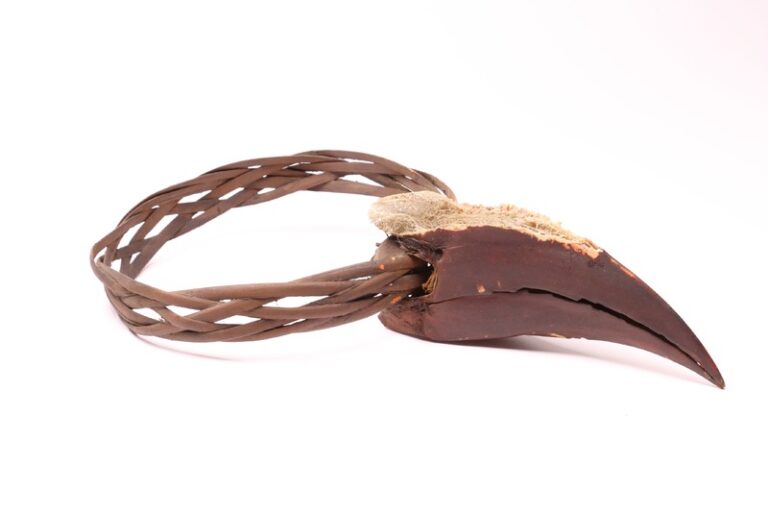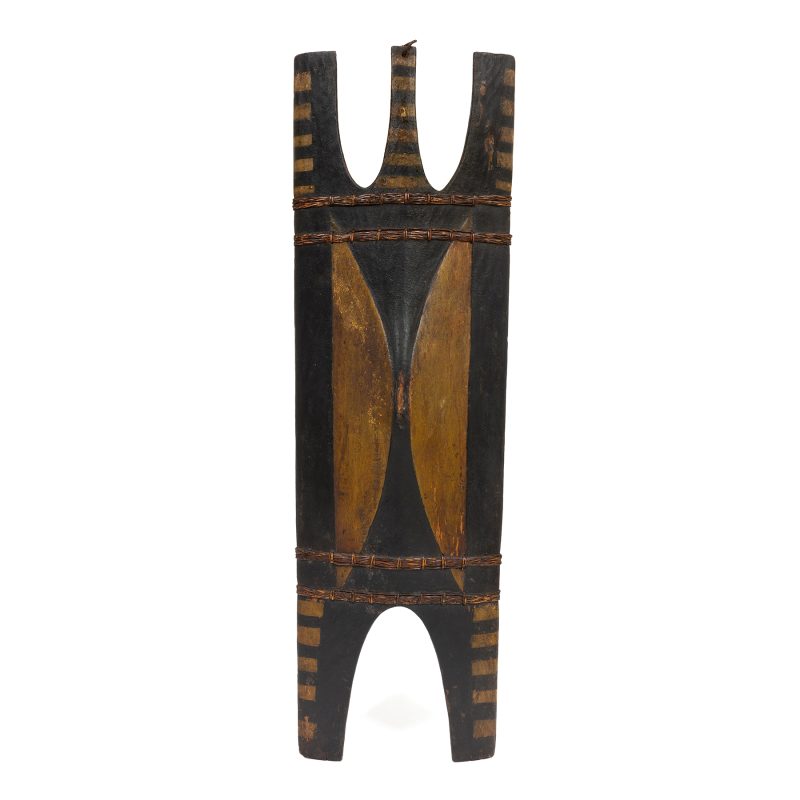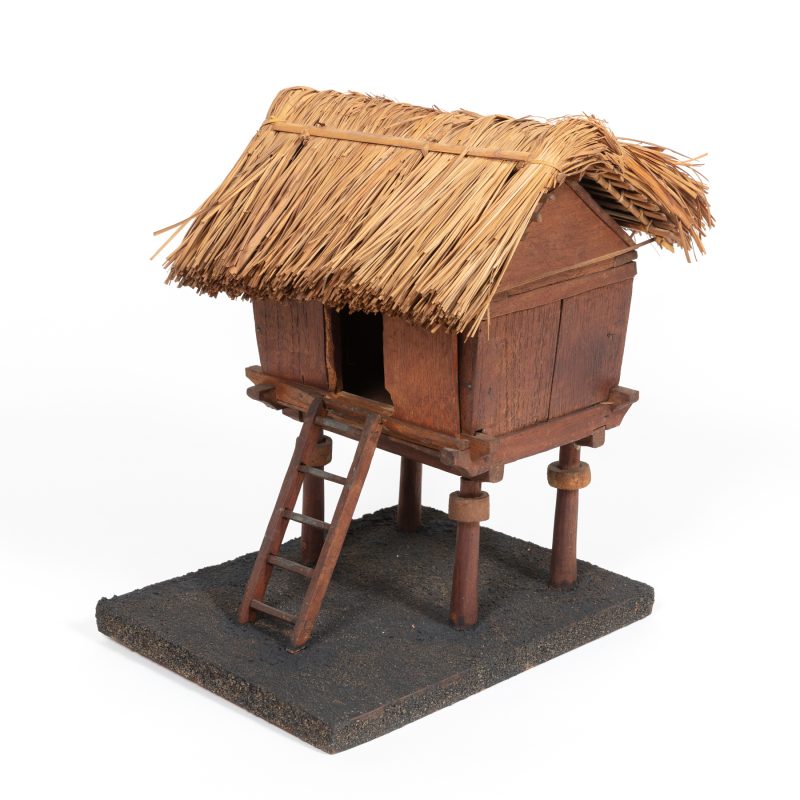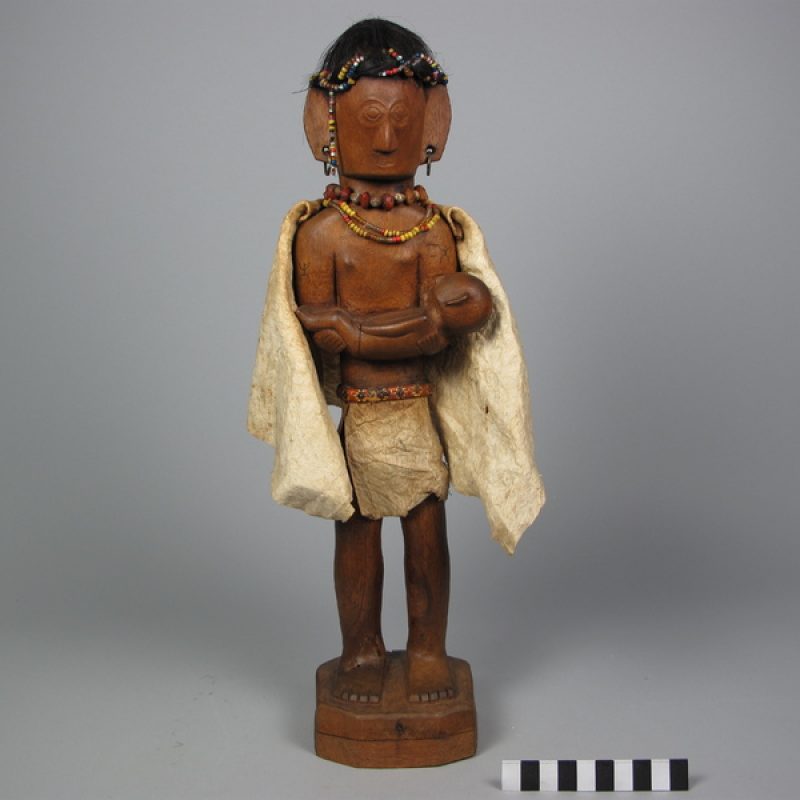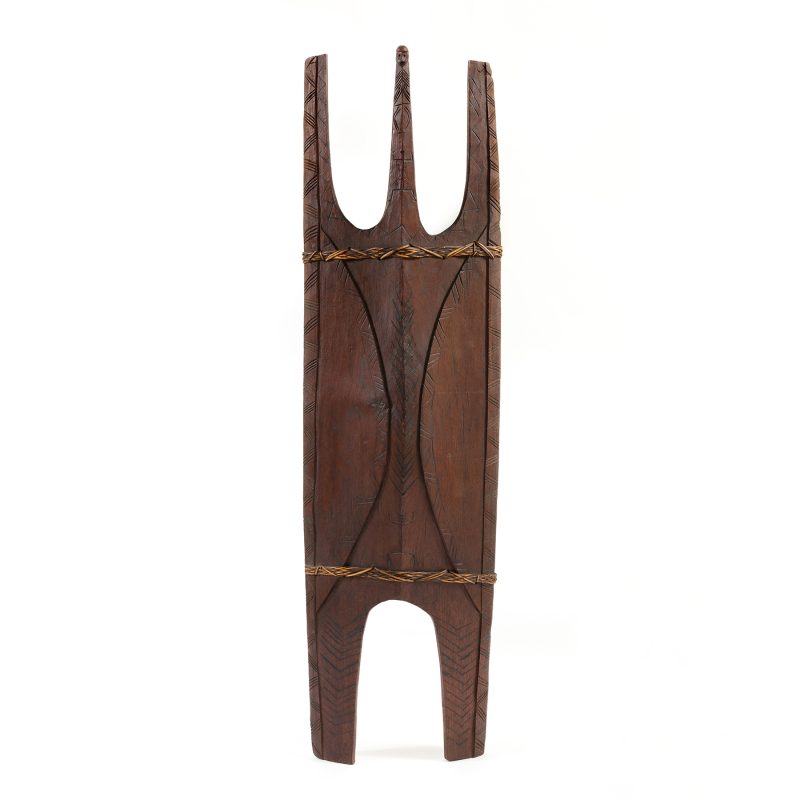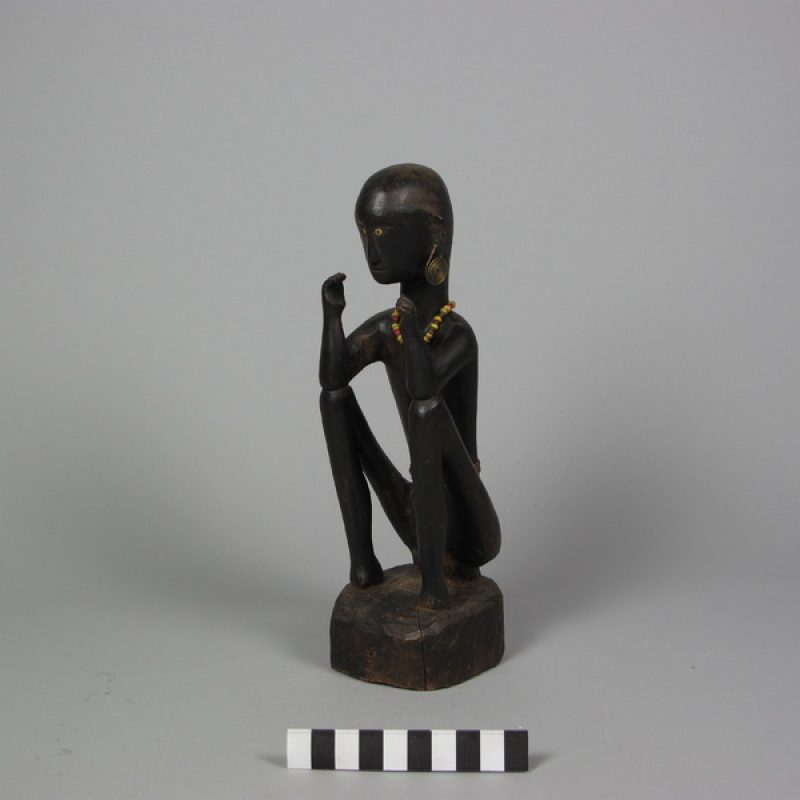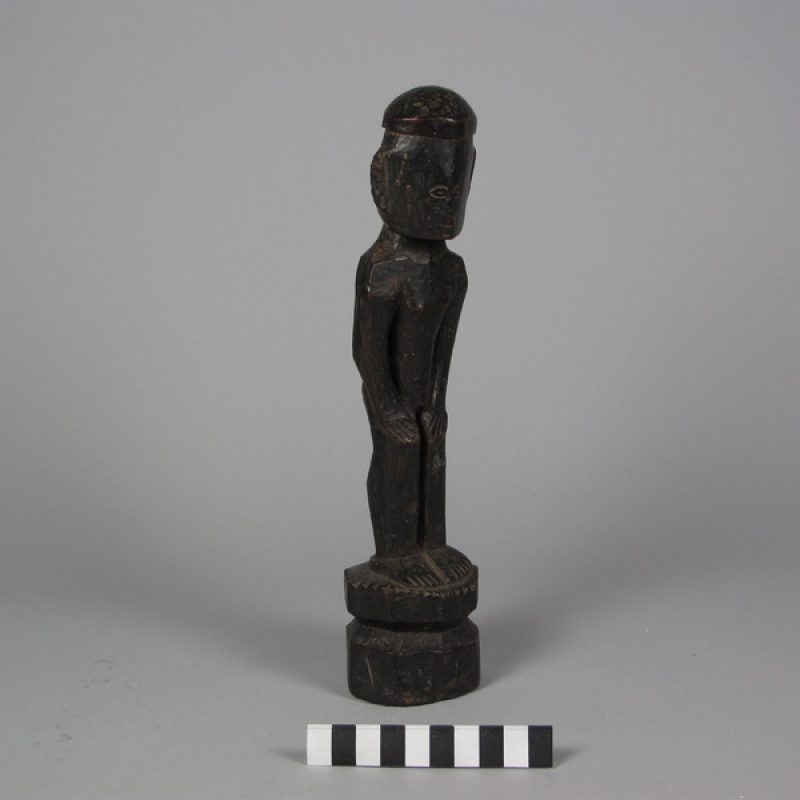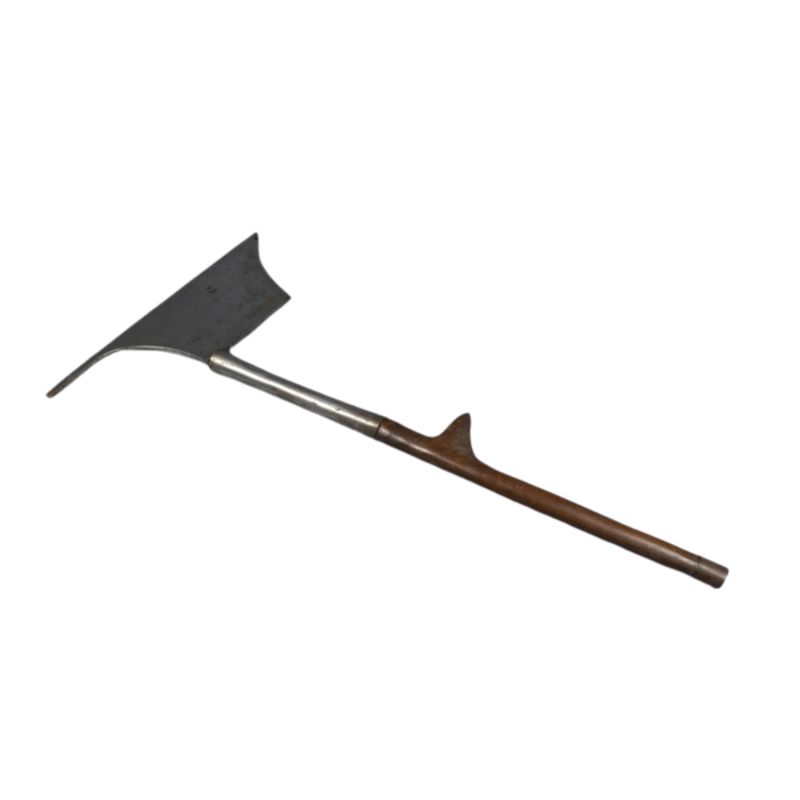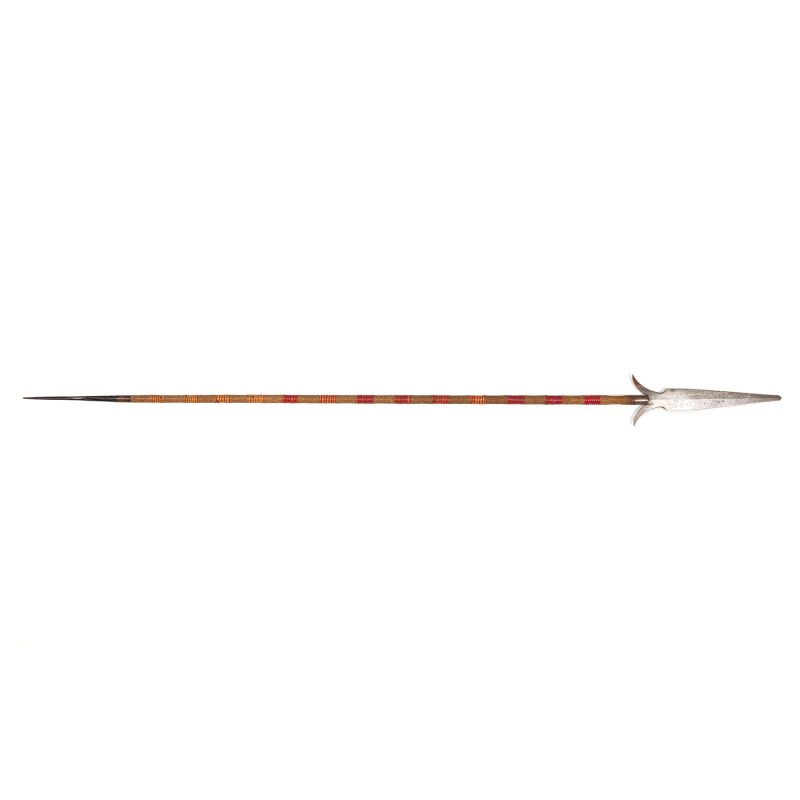Summary of results
This piece is characteristic of the Ilongot group in the province of Ifugao. We cannot specify the time or circumstances in which it was collected. However, taking into account the context of military domination to which the human groups that inhabited the area were subjected and the fact that this object has a ritual use, we can speculate about a possible pillage. According to anthropologist June Chayapan Prill-Brett—who collaborated in an activity within the framework of this research project—this crown was given to men when they became warriors, after cutting off the head of a war rival for the first time. As the anthropologist explained, the cry a person emits when his head is cut off would be similar to that of a toucan’s song, hence the beak. This object was probably outside the logic of exchange.
* This artefact is not listed in the inventories as part of the José Coronado collection.
Chronological reconstruction of provenance
In 1949, the Board of Museums transferred the collection to the Ethnology Museum of Barcelona, where it remains to this day.
Estimation of provenance
This object could be attributed to the Ilongot people, with roots in present-day Ifugao province.
Possible alternative classifications
–
Complementary sources
Bibliography:
Negociado de Estadística (1902). Anuari estadístic de la ciutat de Barcelona. Barcelona: Ajuntament de Barcelona. <http://hdl.handle.net/11703/94371>.
Negociado de Estadística (1907). Anuari estadístic de la ciutat de Barcelona. Barcelona: Ajuntament de Barcelona. <http://hdl.handle.net/11703/94376>.
Exposición General de las Islas Filipinas (1887). Catálogo de la exposición general de las Islas Filipinas celebrada en Madrid… el 30 de junio de 1887. Signatura: AHM/633416. Madrid: Biblioteca Nacional de España.

